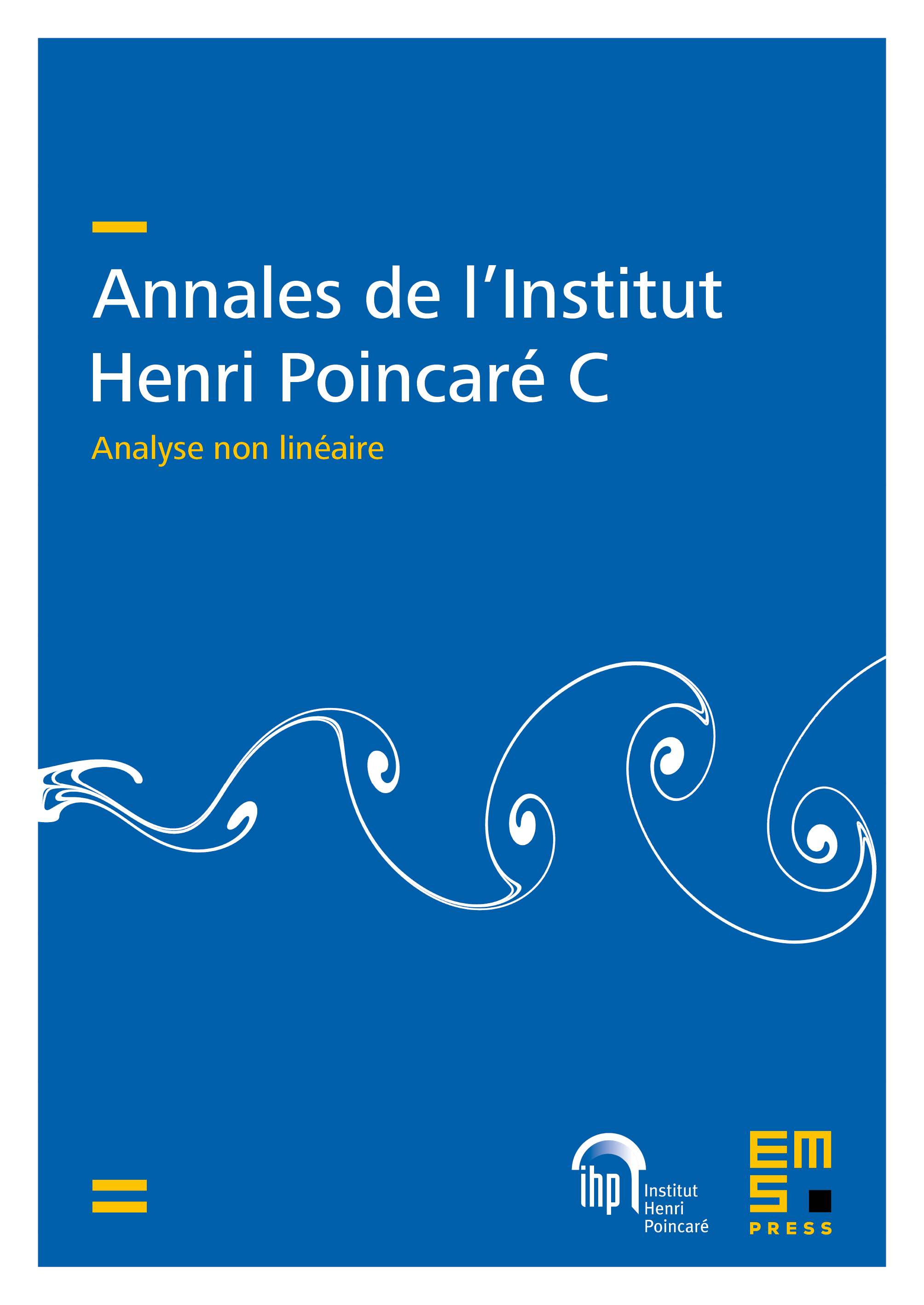A mathematical analysis of the Kakinuma model for interfacial gravity waves. Part I: Structures and well-posedness
Vincent Duchêne
Université de Rennes, FranceTatsuo Iguchi
Keio University, Tokyo, Japan

Abstract
We consider a model, which we named the Kakinuma model, for interfacial gravity waves. As is well known, the full model for interfacial gravity waves has a variational structure whose Lagrangian is an extension of Luke’s Lagrangian for surface gravity waves, that is, water waves. The Kakinuma model is a system of Euler–Lagrange equations for approximate Lagrangians, which are obtained by approximating the velocity potentials in the Lagrangian for the full model. In this paper we first analyze the linear dispersion relation for the Kakinuma model and show that the dispersion curves highly fit that of the full model in the shallow water regime. We then analyze the linearized equations around constant states and derive a stability condition, which is satisfied for small initial data when the denser water is below the lighter water. We show that the initial value problem is in fact well posed locally in time in Sobolev spaces under the stability condition, the noncavitation assumption, and intrinsic compatibility conditions, in spite of the fact that the initial value problem for the full model does not have any stability domain so that its initial value problem is ill posed in Sobolev spaces. Moreover, it is shown that the Kakinuma model enjoys a Hamiltonian structure and has conservative quantities: mass, total energy, and in the case of a flat bottom, momentum.
Cite this article
Vincent Duchêne, Tatsuo Iguchi, A mathematical analysis of the Kakinuma model for interfacial gravity waves. Part I: Structures and well-posedness. Ann. Inst. H. Poincaré Anal. Non Linéaire 41 (2024), no. 2, pp. 257–315
DOI 10.4171/AIHPC/82